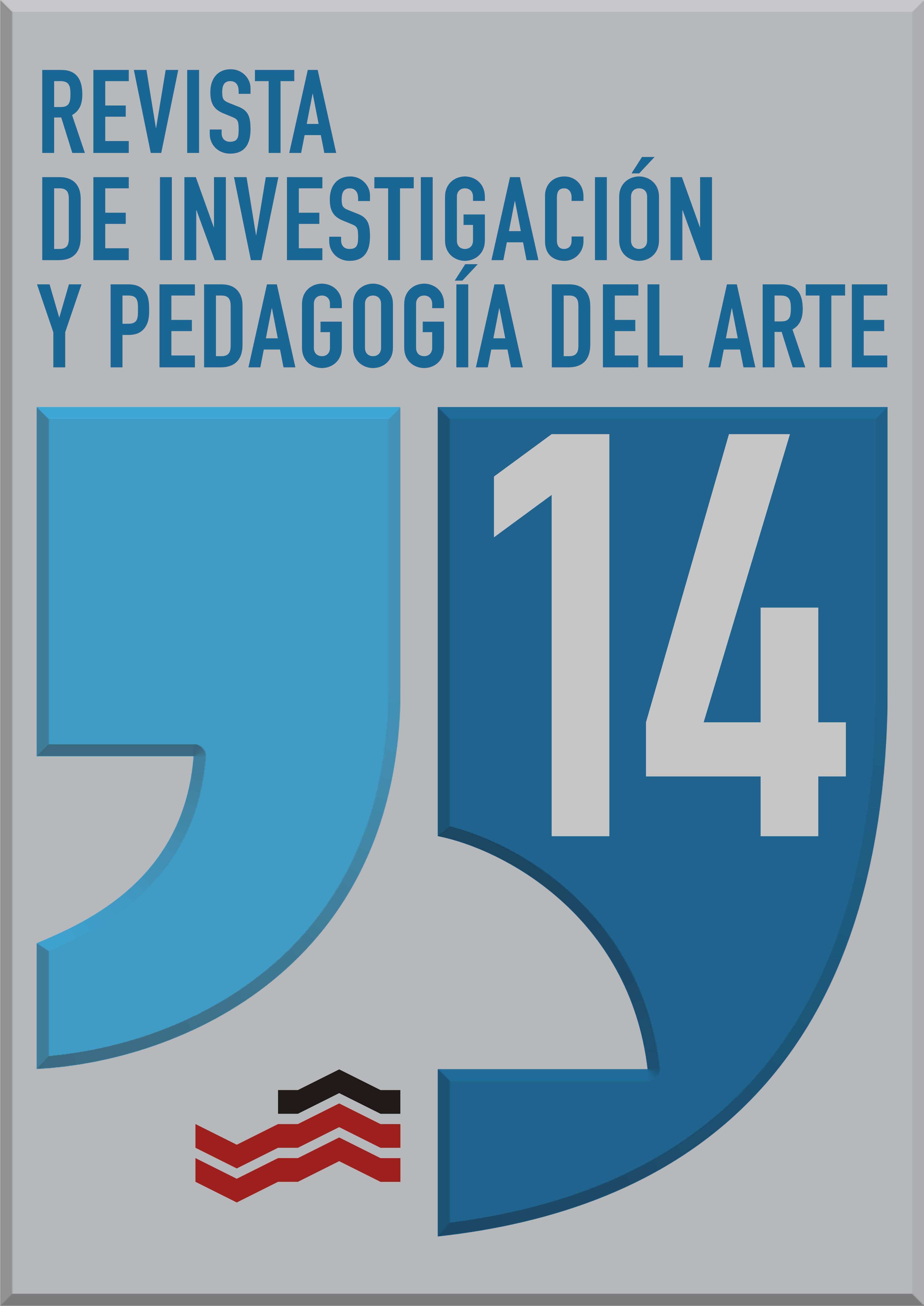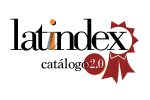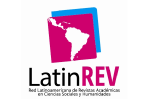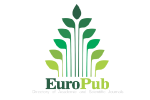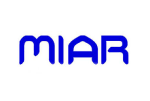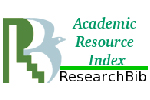Holistic education through the arts: Is it possible to develop educational strategies using the arts as a means in the teaching-learning process?
DOI:
https://doi.org/10.18537/ripa.14.04Keywords:
Holistic education, integral growth, creative skills, self-expression, artistic disciplinesAbstract
Holistic Education through the Arts seeks the integral growth of students through the development of creative, critical and self-expression skills, cultivating the mind, body and spirit, allowing students to discover and enhance their interests and talents through disciplines such as dance, music, theater and visual arts. The main objective was to analyze holistic education through the arts and its impact on the integral growth of students. To achieve this, a qualitative and descriptive literature review on holistic art was carried out. It was carried out in phases: planning, searching and filtering information to reduce the number of documents to be studied, selection of relevant information to build the research and writing of results and conclusions. The results obtained indicate that holistic education through the arts is an educational approach that seeks to foster the integral growth of students, focusing on the development of skills related to creativity, critical thinking and self-expression. In addition, it was found that it transcends the limits of conventional education by significantly integrating the cognitive, emotional, social and physical development of students. In conclusion, this study demonstrates that using the arts as a medium in the teaching-learning process can be an effective strategy to foster integral growth in students.
Downloads
References
Arguedas, C. (2004). La expresión corporal y la transversalidad como un eje metodológico construido a partir de la expresión artística. Revista Educación, 123-131.
Arnheim, R. (1979). Arte-percepción-visual.
Barco, J. (2006). Vista de Vigostky, las emociones y el arte. Aportes para la educación artística. PRAXIS.
Burset, S. (2017). La didáctica de las artes plásticas: entre lo visual, lo visible y lo invisible. Didacticae, 105-118.
Caeiro-Rodríguez, M., Murillo-Ligorred, V., Revilla Carrasco, A., & Ramos-Vallecillo, N. (2022). Ecosistema de la Educación Artística en Red: una revisión de los antecedentes, las posibilidades y las perspectivas en la era digital. Revista complutense de educación, 33(4), 679-690. https://doi.org/10.5209/rced.76499
Castillo, I. y Marín, C. (2009). Hacia una visión holística de la educación universitaria: el amor y el caos un proceso creativo para el aprendizaje. Revista Electrónica Educare, XIII (1), 135-143. Recuperado de: https://www.redalyc.org/pdf/1941/194114416010.pdf
De Haz Cruz, Y., & Vélez, O. (2017). LA CULTURA ESTÉTICA COMO EJE TRANSVERSAL EN EL CURRÍCULO DE EDUCACIÓN BÁSICA PARA EL DESARROLLO DE COMPETENCIAS. REVISTA CIENCIAS PEDAGÓGICAS E INNOVACIÓN.
Delgado, A. (2012). La dimensión holística creActiva y la educación en el nuevo paradigma. Revista de Lenguas ModeRnas, (16), 293-303.
Dewey, J. (1980). Art as experience. Nueva York: Perigee Books.
Esquivel, N. (2009). Un acercamiento a la visión holística de la educación y al lenguaje de la creatividad artística. Revista La Retreta, 2 (2), 1-6. http://www.laretreta.net/0202/orff.pdf
García, A. (2005). Enseñanza y aprendizaje en la educación artística Teaching and Learning in Artistic Education. El Artista, 80-97.
Gluyas, R., Esparza, R., Romero, M., & Julio, R. (2015). Modelo de educación holística: una propuesta para la formación del ser humano. Actualidades Investigativas en Educación.
Gómez, J. (2017). Nuevos estilos de enseñanza en la era de la convergencia tecno-mediática: hacia una educación holística e integral. REVISTA INTERNACIONAL DE INVESTIGACIÓN E INNOVACIÓN EDUCATIVA, 60-78.
González, A. (2017). Educación holística. El arte de llegar a ser lo somos en esencia. Holistic education. The art of becoming, we are in essence. Voces de la Educación, 2 (2), 56-61.
González-García, R. (2019). El giro educativo del arte como herramienta para la transformación social en los nuevos museos del siglo XXI. Museo. Imagen. Sentidos, editado por Ángel Pazos-López y Alejandra Alonso Tak. Eikón Imago, 14, 199-216.
Hernández-Sampieri. (2018). METODOLOGÍA DE LA INVESTIGACIÓN: LAS RUTAS CUANTITATIVAS, CUALITATIVAS Y MIXTAS. McGraw-Hill Interamericana Editores, S.A.
Irwin, R. (2013). La práctica de la a/r/tografía*. Revista Educación y Pedagogía, 25, (65-66).
Lezama, C. R. Q. (2020). La Educación Holística: Una Oportunidad para Transformar la Realidad Educativa en el Siglo XXI. EDU REVIEW. International Education and Learning Review/Revista Internacional de Educación y Aprendizaje, 8(3), 165-179.
Maddonni, P. (s/f). Arte educación y fracaso escolar. MINISTERIO DE EDUCACIÓN Secretaría Municipal de Educación de Guarulhos.
Marín, R., & Roldán, J. (2019). Las investigaciones en educación artística y las metodologías artísticas de investigación en educación: temas, tendencias y miradas. Arte, Individuo y Sociedad, p. 881-895. ISSN: 1131-5598.
Mundet, A., & Beltrán, A. (2015). Arte como herramienta social y educativa. Revista Complutense de Educación, 315-329.
Palacios, L. (2006). El valor del arte en el proceso educativo. Instituto Nacional de Bellas Artes, México.
Pérez, M., & Orozco, L. (2015). Las Artes Plástica como Eje Transversal en la Educación Artística para el Desarrollo de Habilidades de Pensamiento Creativo en Estudiantes de Básica Primaria. Escenarios, 135-145.
Planes, V., & Palau, P. (2014). La interpretación de una obra de arte como estrategia de aprendizaje. FÓRUM DE RECERCA (19), 307-336. ISSN 1139-5486.
Ramos, C. (2020). LOS ALCANCES DE UNA INVESTIGACIÓN. CienciAmérica.
Rojas, P. (2016). POR QUÉ ENSEÑAR ARTE Y CÓMO HACERLO. Consejo Nacional de la Cultura y las Artes.
Ruiz, C. (2000). Educación por el arte, de H. Read. Conferencia en la “Catedra UNESCO”.
Sotelo, G., & Domínguez, M. (2017). METODOLOGÍAS PARA LA ENSEÑANZA DEL ARTE: UNA REFLEXIÓN INCONCLUSA. Classiicatio JEL: I12.
UNESCO. (2010). La Agenda de Seúl: Objetivos para el desarrollo de la educación artística. UNESCO.
Valembois, V. (1998). Educación holística por medio del arte: una tarea ingente, vigente y urgente. Estudios pedagógicos (Valdivia), 89-97.
Vintimilla, M. (2019). La educación artística y sus problemas: consideraciones en torno al caso de Ecuador. Revista de Pedagogía y Arte.
Published
Issue
Section
License

This work is licensed under a Creative Commons Attribution-NonCommercial-ShareAlike 4.0 International License.

